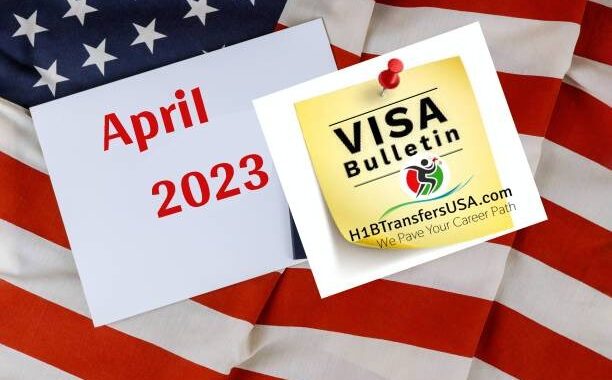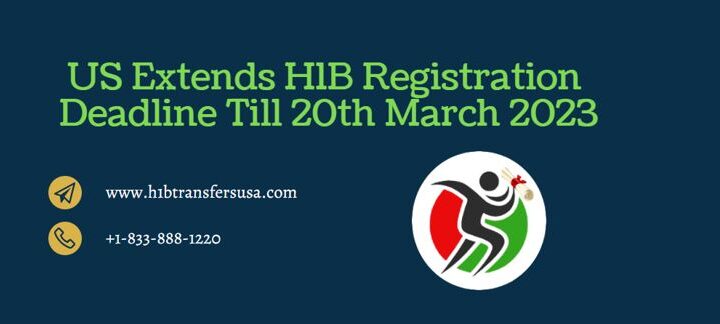How Donald Trump’s H-1B ban extension will impact Indian techies
3 min read
The current government in the U.S. seems to be determined to make things hard for organizations and immigrants even in the last 20 days in office. Ignoring information related to the unemployment of IT workers, as indicated by reports, President Trump expanded the June 2020 travel ban on new H-1B and L-1 workers and the April 2020 ban on almost all permanent immigrant categories. Both these have been extended until 31st March 2021. Once again president trump exerted his powers under section 212(f) of the Immigration and Nationality Act. This as per a few critics is the utilization of a power to further personal ideology.
Trump imposed these bans with a lawsuit to protect American jobs and the extension of the bans is also based on this premise. In any case, there is adequate information to show that the unemployment rate in computer occupations is extremely low. The overall unemployment rate is almost 50% of what it was at the time the bans were given. In the 30 days before the June ban, there were more than 600,000 computer-related jobs based on advertising data. Further, incidentally, last week Trump disclosed a few statements. About how well the U.S. economy was doing and the reducing rate of unemployment.
On October 1, a U.S. Court excluded serval employers, based on membership of associations, from the June ban. In NAM v. DHS, (the NAM Judgment) any H-1B or L-1 candidate who are either sponsored by, petitioned by, or whose petitioner is an individual from. One of the plaintiffs in the claim is no longer subject to the June ban.
The named plaintiffs include the NAM, the U.S. Office of Commerce, the National Retail Federation, TechNet, and Intrax, Inc. The government has appealed this decision and the following hearing is on 19th January 2021.
H-1B Ban Extension will impact Indian Tech Workers
According to the June ban, no new H-1B or L-1 visas could be given except if they were for employers covered by the NAM Judgement. This affected all the FY 2021 H-1B cap recipients who might have started working as early as October 1, 2020. Or soon after once, their petitions were approved and visas were granted. These people might have been granted visas after December 31, 2020, when the June ban lapsed. However, they will now have to wait until the end of March 2021 before they can be granted visas.
H-1B workers who were in the U.S. in valid status when the June ban was declared were excluded from the ban and could secure a visa, and most of these people qualified for the dropbox, interview waiver application. However, even for them, it has been a tough period as U.S. offices the world over are not fully functional due to COVID-19. For example in India, visa appointments are not available for several months, even for dropbox applications.
[Trump extends freeze on H-1B, other work visas until March 31; Indian IT Firms to be hit]
Many expect that soon after the new government accepts power on 20th January 2021 the new president will topple the April and June bans. This is not a complex process and can be brought into impact rapidly. However, this author is of the opinion that the new administration will tread cautiously. Overturning these bans may send a wrong message to the American public. One that shows that the new government isn’t aware of unemployment and dangers to American jobs.
Though there is no basis to show that H-1B or foreign workers directly impact unemployment the perception will be based purely on presidential action. Not many will try to investigate information to decide the veracity of the outgoing administration’s claims about unemployment.






